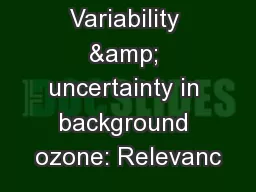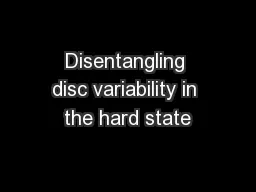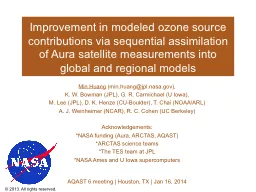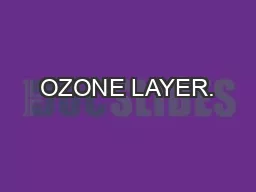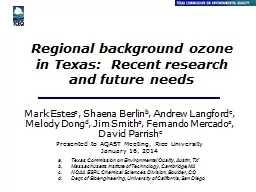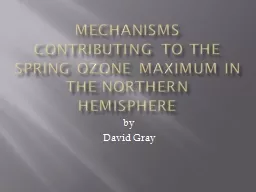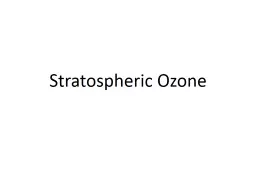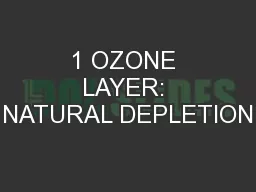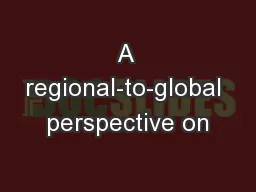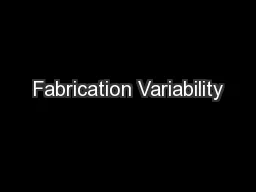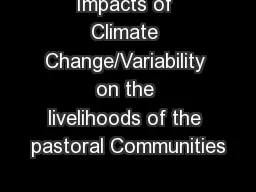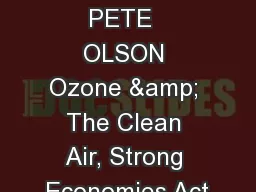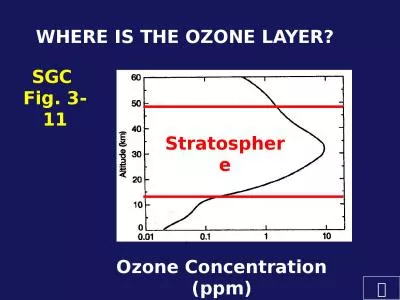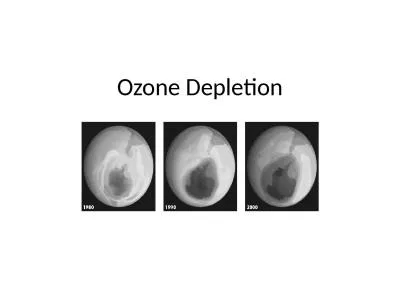PPT-Variability & uncertainty in background ozone: Relevanc
Author : test | Published Date : 2018-01-08
3 NAAQS EPRI ENVVISION Conference Air QualityBackground Ozone II Washington DC May 11 2016 Arlene M Fiore Acknowledgments Pat Dolwick Terry Keating US EPA M
Presentation Embed Code
Download Presentation
Download Presentation The PPT/PDF document "Variability & uncertainty in backgro..." is the property of its rightful owner. Permission is granted to download and print the materials on this website for personal, non-commercial use only, and to display it on your personal computer provided you do not modify the materials and that you retain all copyright notices contained in the materials. By downloading content from our website, you accept the terms of this agreement.
Variability & uncertainty in background ozone: Relevanc: Transcript
Download Rules Of Document
"Variability & uncertainty in background ozone: Relevanc"The content belongs to its owner. You may download and print it for personal use, without modification, and keep all copyright notices. By downloading, you agree to these terms.
Related Documents

